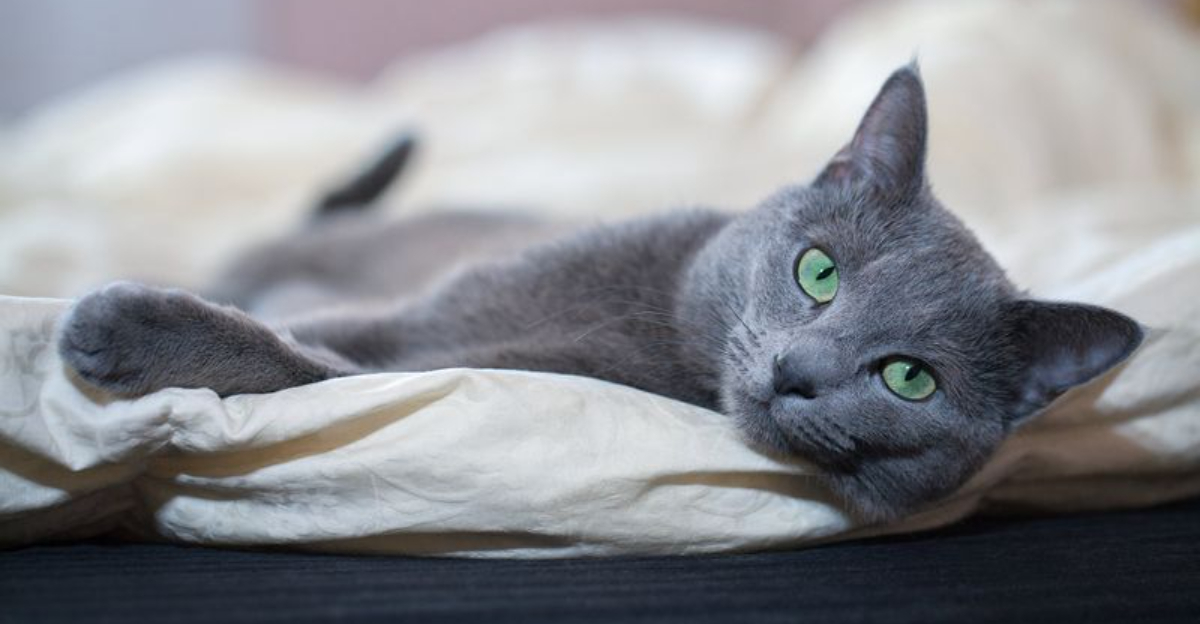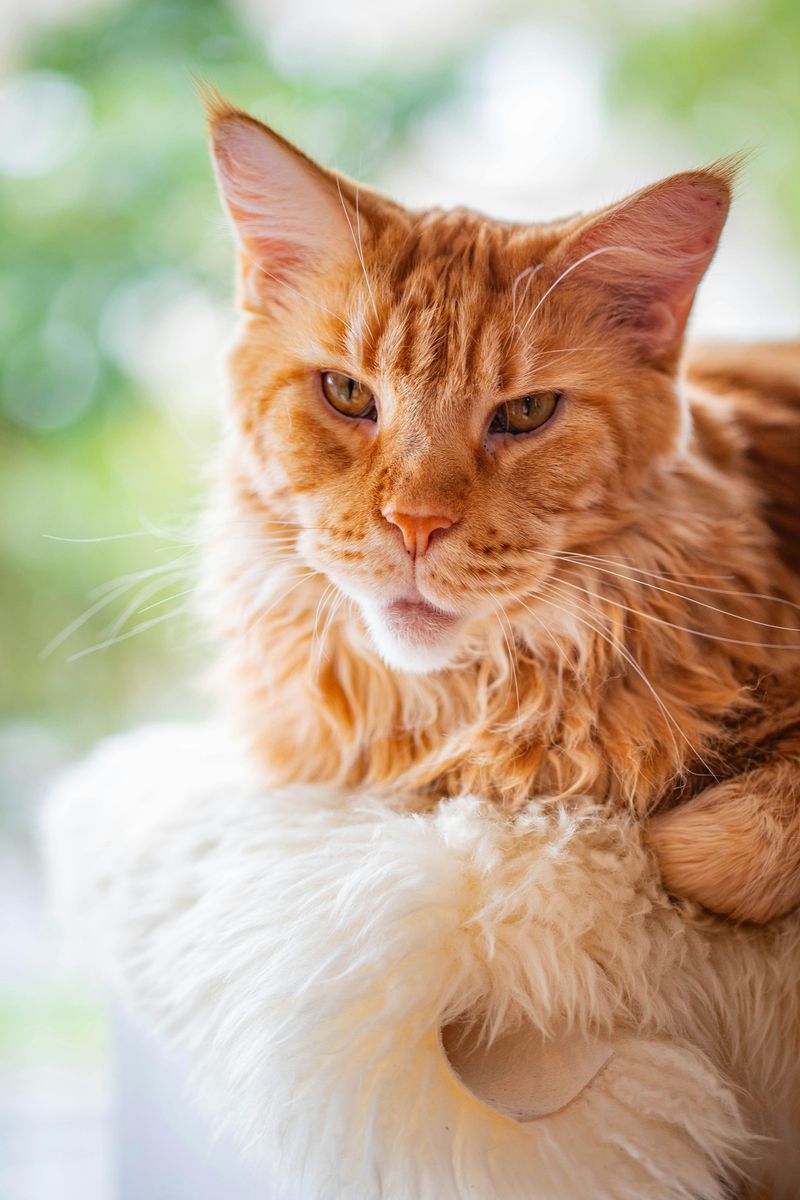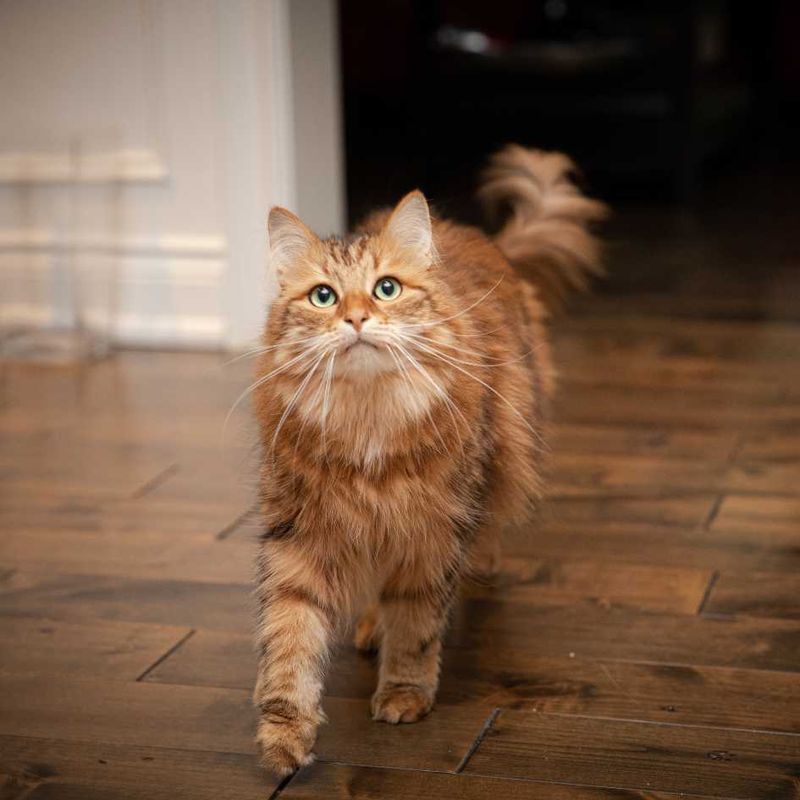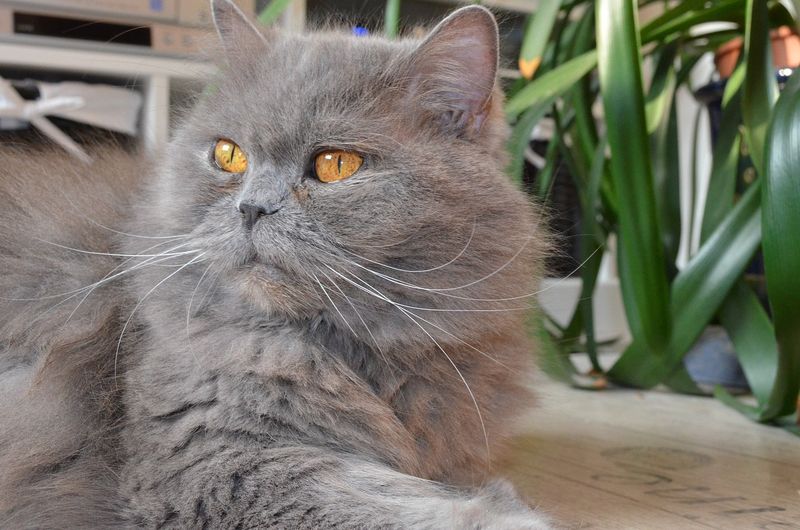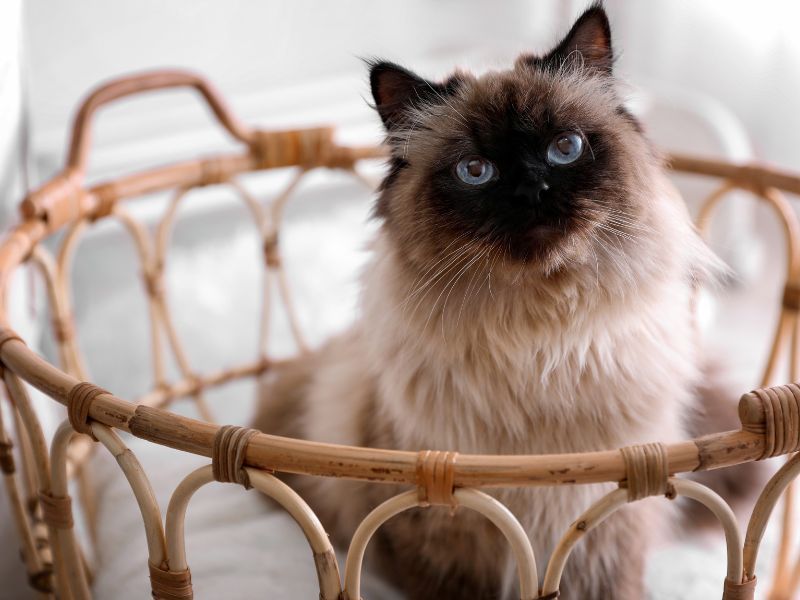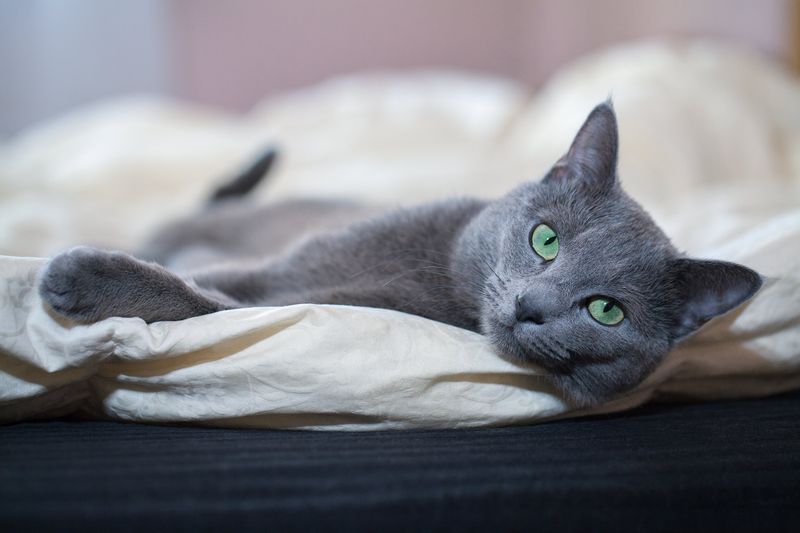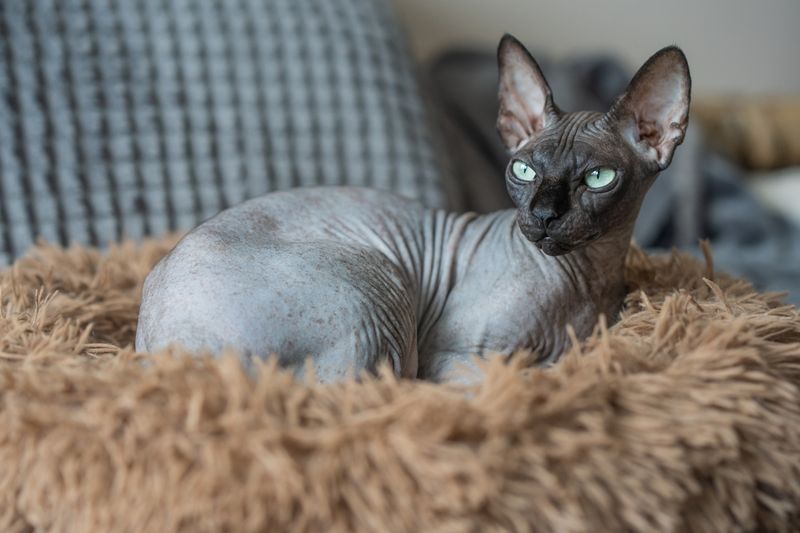📖 Table of Content:
For cat lovers with allergies, owning a feline can feel like an impossible dream. Sneezing, itchy eyes, and congestion are common symptoms triggered by a specific protein—Fel d 1—found in cat saliva, skin, and dander. While no cat breed is completely hypoallergenic, certain types are known to produce less of this allergen or have characteristics that reduce its spread, making them more tolerable for sensitive individuals.
At the other end of the spectrum, some breeds may unintentionally intensify allergic reactions due to their grooming habits, coat length, or higher Fel d 1 production. Choosing the wrong breed can turn a cozy cat cuddle into a full-blown allergy episode. That’s why understanding the nuances of different cat breeds is crucial for anyone who wants a feline companion without sacrificing their well-being.
Below, we explore four breeds that are more likely to cause allergic reactions and four that could be a safer option. Whether you’re thinking of adopting your first cat or searching for one that fits better with your sensitivities, this guide can help you make an informed, sneeze-free decision.
1. Persian
Persians are iconic for their elegant, flowing coats and distinct flat faces, but they pose a significant challenge for allergy sufferers. Their long, thick fur acts like a magnet for dander and saliva particles, which easily become airborne. Frequent grooming, both self-administered and human-assisted, spreads allergens throughout the home. The sheer volume of fur also contributes to shedding, increasing the chances of allergic exposure. Because of their facial structure, Persians often have tear staining and may drool, adding to the allergen load. Maintaining their coat requires daily brushing, which inevitably disperses skin flakes and allergens into the environment. For those with even mild allergies, living with a Persian may prove difficult without a strict cleaning regimen.
2. Maine Coon
Towering in size and stature, the Maine Coon is as friendly as it is fluffy—but its thick fur can be problematic for allergy sufferers. This breed’s semi-long coat requires regular grooming and sheds considerably, especially during seasonal changes. As one of the largest domestic cat breeds, it has more surface area, meaning potentially more allergen production. Their playful and social nature involves frequent contact with people, increasing the likelihood of triggering reactions. Bathing and brushing can help, but their dense undercoat makes it challenging to fully eliminate dander. Their popularity doesn’t always align with their suitability for allergic households. Individuals prone to allergies should weigh these factors carefully before welcoming a Maine Coon into their home.
3. Siberian
Siberians are sometimes falsely labeled as hypoallergenic due to anecdotal reports, but most still produce significant amounts of Fel d 1. Their triple-layered coat is beautiful but sheds in clumps, especially during seasonal molts. Grooming can become a daily task to control the release of allergens. Despite their charming, affectionate demeanor, Siberians are not the best match for people with moderate to severe allergies. Their luxurious fur tends to trap allergens, allowing them to linger longer in the environment. Regular baths may help, but they require consistency and dedication. It’s crucial to test one’s allergic response before committing to this majestic breed.
4. British Longhair / Shorthair
Exuding a plush, teddy bear-like appeal, British Longhairs and Shorthairs can be deceiving in their potential to trigger allergies. These breeds have dense, thick fur that sheds consistently, making allergen control a persistent challenge. Though not as high-maintenance as Persians, they still require regular grooming to minimize dander buildup. Their stoic and calm temperament often masks the grooming frequency needed to keep allergens at bay. British cats tend to groom themselves thoroughly, spreading Fel d 1 protein over their entire bodies. Combined with the plush nature of their coat, this leads to a higher chance of allergens remaining on surfaces. Allergy-prone individuals might find these cuddly companions harder to live with than expected.
5. Balinese
Nicknamed the “long-haired Siamese,” the Balinese cat surprises many with its allergy-friendly reputation. Unlike other long-haired breeds, Balinese produce significantly less of the Fel d 1 protein, making them more tolerable for sensitive individuals. Their fine, silky coat lacks an undercoat, which reduces shedding and dander spread. These cats are intelligent, social, and vocal, often forming deep bonds with their owners. Because they groom themselves less frequently than some other breeds, they deposit less saliva across their fur. Balinese cats are often recommended by breeders to individuals with mild allergies who still want a graceful, elegant feline. With proper cleaning routines and occasional brushing, this breed can be an ideal companion.
6. Russian Blue
Known for their shimmering silver-blue coat, Russian Blues offer more than just beauty—they may also be easier on allergies. Studies suggest that this breed naturally produces lower amounts of the Fel d 1 protein. Their short, dense coat traps loose hair and dander, minimizing environmental allergen spread. These cats are generally quiet and gentle, preferring stable environments and low-stress routines. Their aloof but affectionate nature means less frequent contact, which can also reduce allergen exposure. Grooming needs are minimal, typically once a week, further lowering maintenance requirements. For people seeking a serene, low-allergen cat, the Russian Blue is a strong candidate.
7. Sphynx
Without a traditional fur coat, the Sphynx cat may seem like the perfect match for allergy sufferers—and in many ways, it is. The absence of fur means there’s less dander and hair to float around your home. However, Sphynx cats require frequent bathing to remove oil and allergen buildup on their skin. Their skin folds can trap debris, which makes cleanliness a top priority. Despite their alien-like appearance, they are deeply affectionate and crave human attention. Their close contact and need for warmth may increase skin-to-skin exposure, so sensitivity varies by individual. Still, many allergic individuals find the trade-off worthwhile for such a unique, low-shedding companion.
8. Oriental Shorthair
Sleek and striking, the Oriental Shorthair is a slender cat with a fine, low-maintenance coat that lies close to the body. This breed shares lineage with the Siamese and often exhibits lower levels of Fel d 1 protein. Its minimal shedding makes it a suitable choice for those looking to reduce allergen levels at home. These cats are energetic, talkative, and social, thriving on interaction but requiring relatively little grooming. Because their coats don’t trap allergens as easily, routine cleaning of the home becomes more manageable. They benefit from regular brushing mainly to reduce oil buildup rather than fur control. Allergy-sensitive individuals might find this breed both lively and livable.
